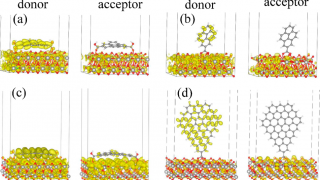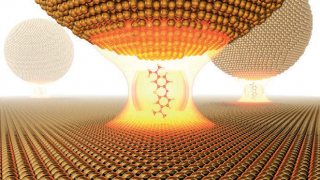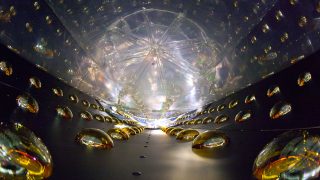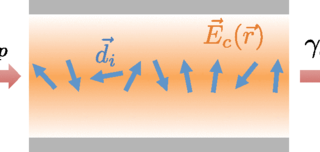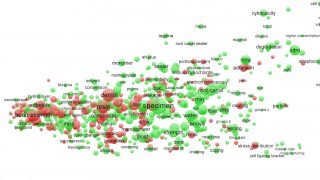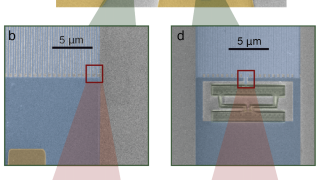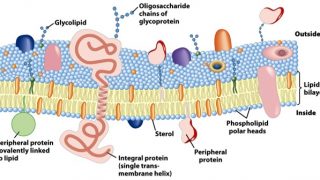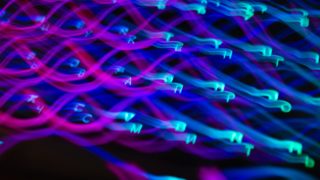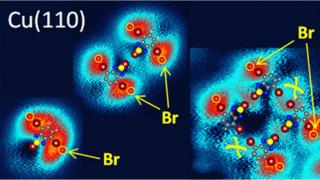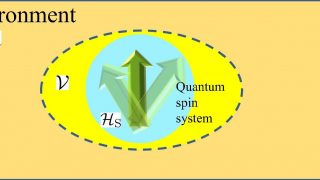
Defeating spin decoherence
Major technological revolutions have occurred when the humankind has been able to harness natural resources, such as fire, electricity or nuclear energy. We are now in the verge of the so called second quantum revolution, that aims to harness two of the weirdest natural resources, coherence and entanglement. This is a tall order that calls […]
